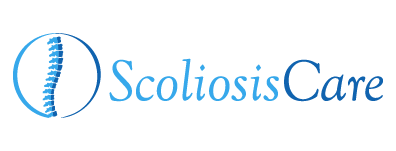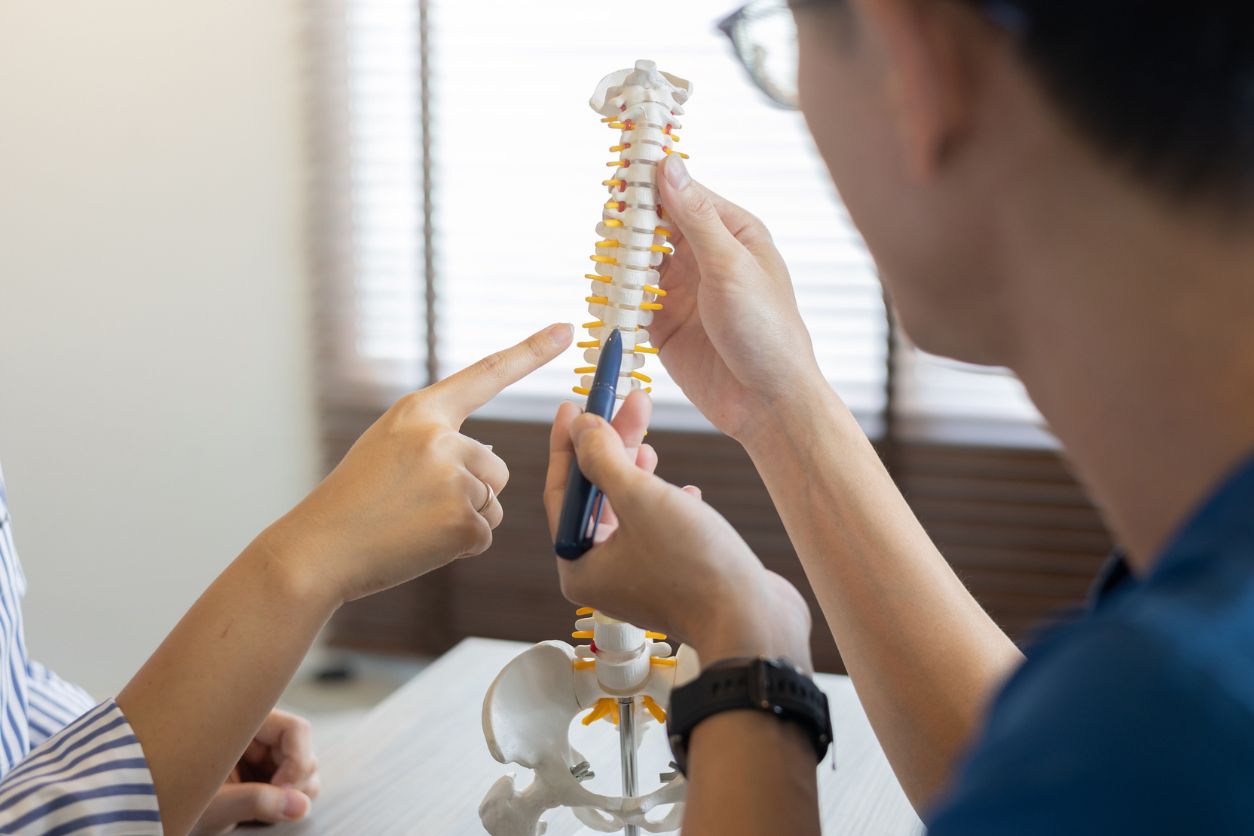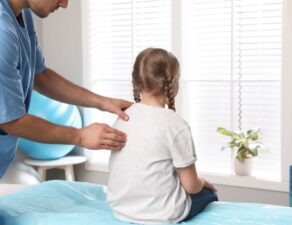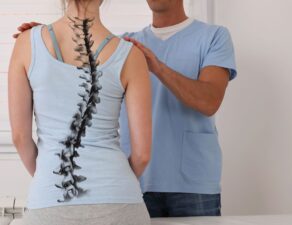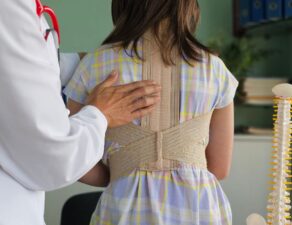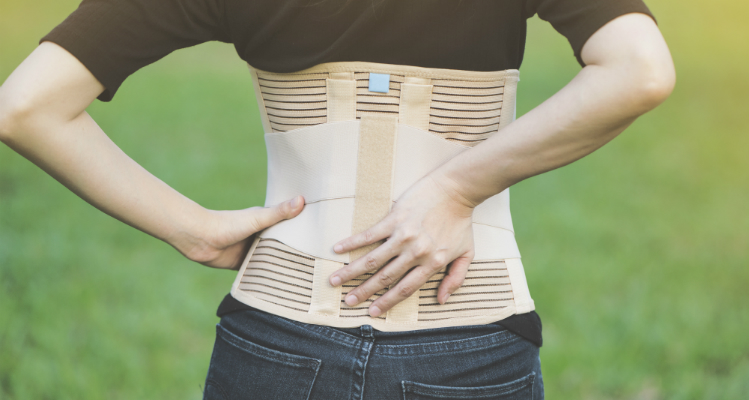
For those struggling with Scoliosis, a new year means a new opportunity to get the Scoliosis treatment you or a loved one may need.
Scoliosis Treatment varies based on the severity of the spinal curving, but there are treatments for all levels of severity of the chronic illness.
Moderate Scoliosis
For those with moderate Scoliosis, especially children whose bones are still growing, a thin, contoured back brace may be the correct treatment.
Such back braces are made of plastic and mold to the body. If your child already has a back brace, take the time at the beginning of this new year to make sure the back brace fits properly.
A correctly fitting back brace should be nearly invisible under the clothes, and should fit under the arms and around the rib cage, lower back and hips.
Back braces are typically warn between 13 and 16 hours per day for optimum results.
Severe Scoliosis
If your bones have stopped growing, which typically occurs around age 14 for girls and around 16 for boys (though this can vary greatly based on the individual) surgery may help adults with Scoliosis manage their condition.
There are several options for surgery and your doctor can tell you which is best for you.
Options include:
- Spinal fusion: This procedure involves a surgeon connecting two or more vertebrae together so those vertebrae cannot move independently. Typically, pieces of bone or a bone-like material are placed between the vertebrae. Metal rods, hooks, screws or wires are then used to hold that part of the spine straight and still while the old and new bone material fuses together.
- Expanding rod: This option is common when Scoliosis is progressing quickly in children at a young age. In this procedure, surgeons will attach one or two expandable rods along the spine that can adjust in length as the child grows. The rods will then need to be lengthened every 3 to 6 months either with surgery. Sometimes, they can be adjusted by a surgeon using a remote control.
- Vertebral body tethering: In this procedure, using small incisions, screws are placed along the outside edge of the abnormal spinal curve and a strong, flexible cord is threaded through the screws. When the cord is tightened the spine straightens. As the child grows, the spine may straighten even more.
As with all medical procedures, there can be complications.
For more information on Scoliosis treatment, contact Scoliosis Care and Dr. David Siambanes.
